Students will fuse glass to create hanging birds with personalized accents. Recommended for 4th Graders.
Color: the visible range of reflected light.
Shape: a two-dimensional (flat) area enclosed by a line.
Balance: provides a sense of unity order and equilibrium or makes individual parts of a composition appear equally important.
Amorphous solid: a solid whose molecules are not arranged in an organized fashion like crystal solids.
Base Glass- The bottom piece of glass that the project is built on.
COE (Coefficient of expansion): the measurement of the rate of change of a materials shape, area or volume because of added heat. The glass we use has typically COE 96 or 90.
Devitrification – Crystal growth inside of or on the surface of a previously amorphous solid. This can be caused by dirty glass or a firing that was too slow.
Diachronic glass: glass with an added film on the surface with oxides that is often iridescent, metallic or patterned. The film does not expand with the glass it is attached to, so when fused, the diachronic material will be the size of the original cut glass and be surrounded by a halo the color of the glass it is on top of.
Frit: glass that has been ground into small chunks. It comes in gravel-like to sand sizes. It is used to pour into molds, mix with a binder and paint with, or to fill in spaces. It adds texture where an artist chooses.
Fuse: The process of melting the glass until it sticks together permanently.
- Full: glass becomes all one piece with no texture.
- Partial/contour: glass melts together, creating a soft/rounded edge to the individual pieces.
- Tack: glass melts enough to stick together only, the edges of individual pieces are no longer sharp but retain their original form.
Opaque: material which light cannot pass through.
Transparent: material which light can pass through.
Sheet glass: glass poured out and cooled in a large flat sheet. It is then cut to the size that they sell it in.
Stringers: glass formed into spaghetti like strings (they come in several sizes).
Rods: glass formed into a small cylindrical rod.
For pre-cutting (by adults):
For project:
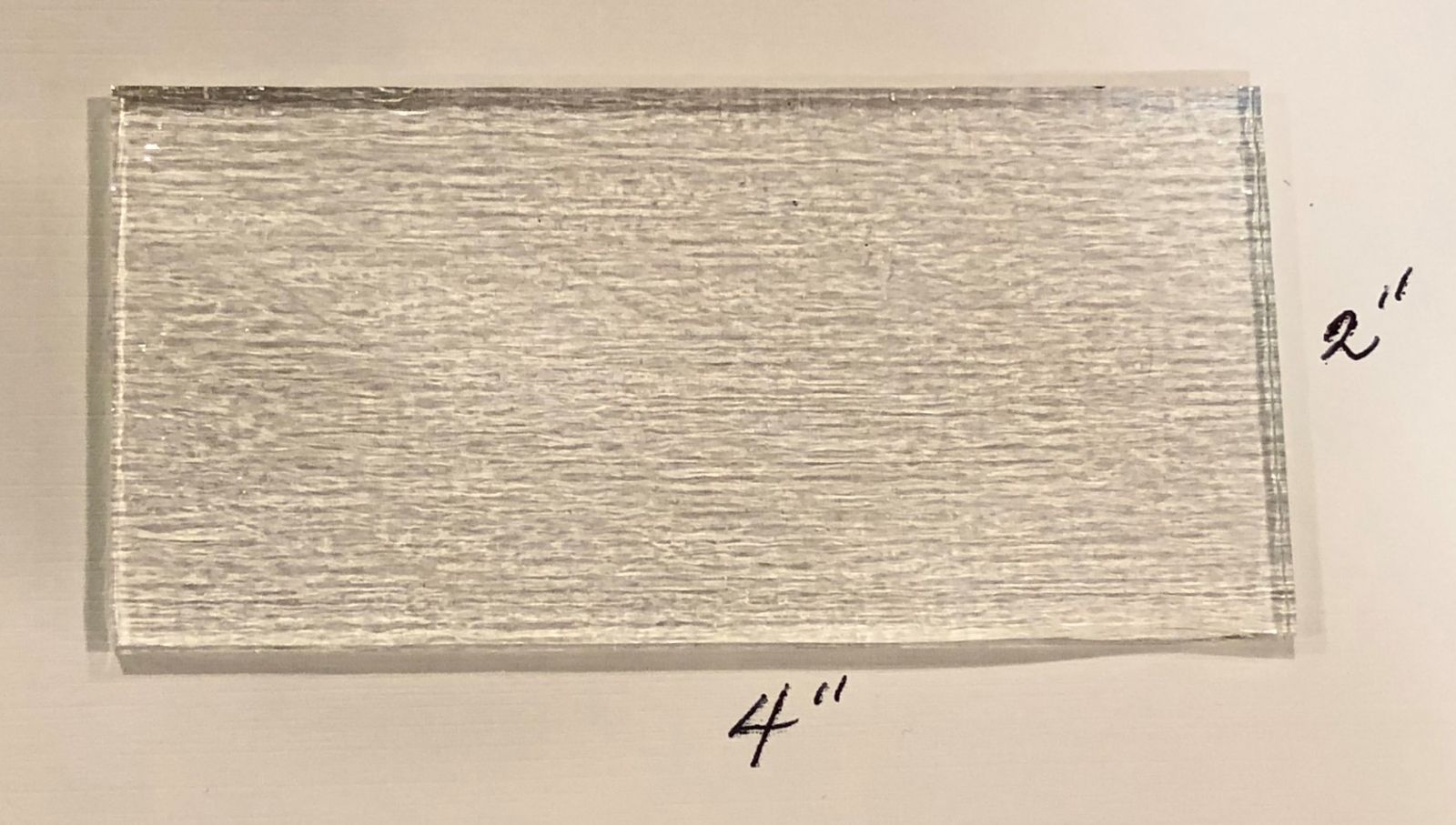
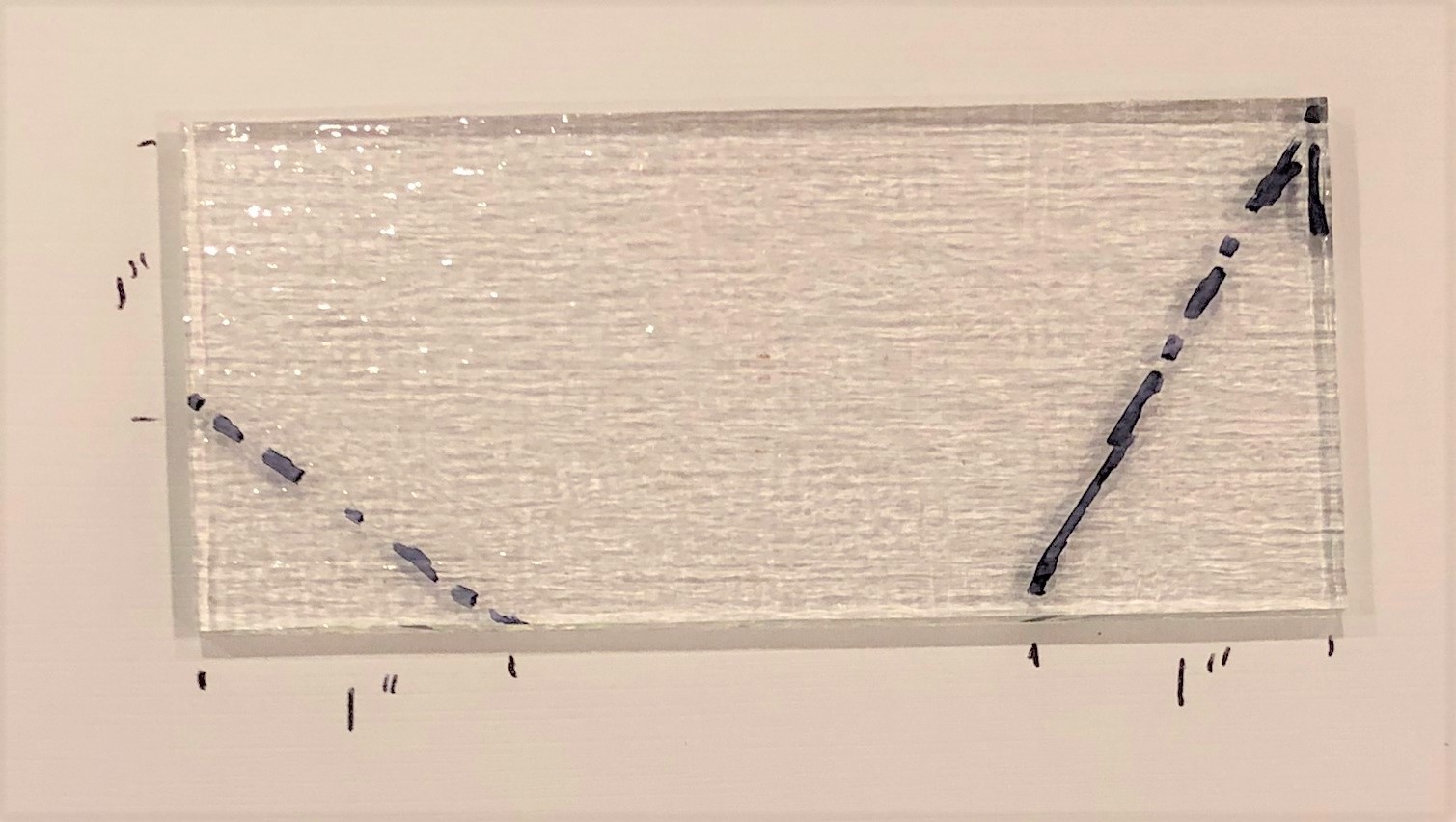

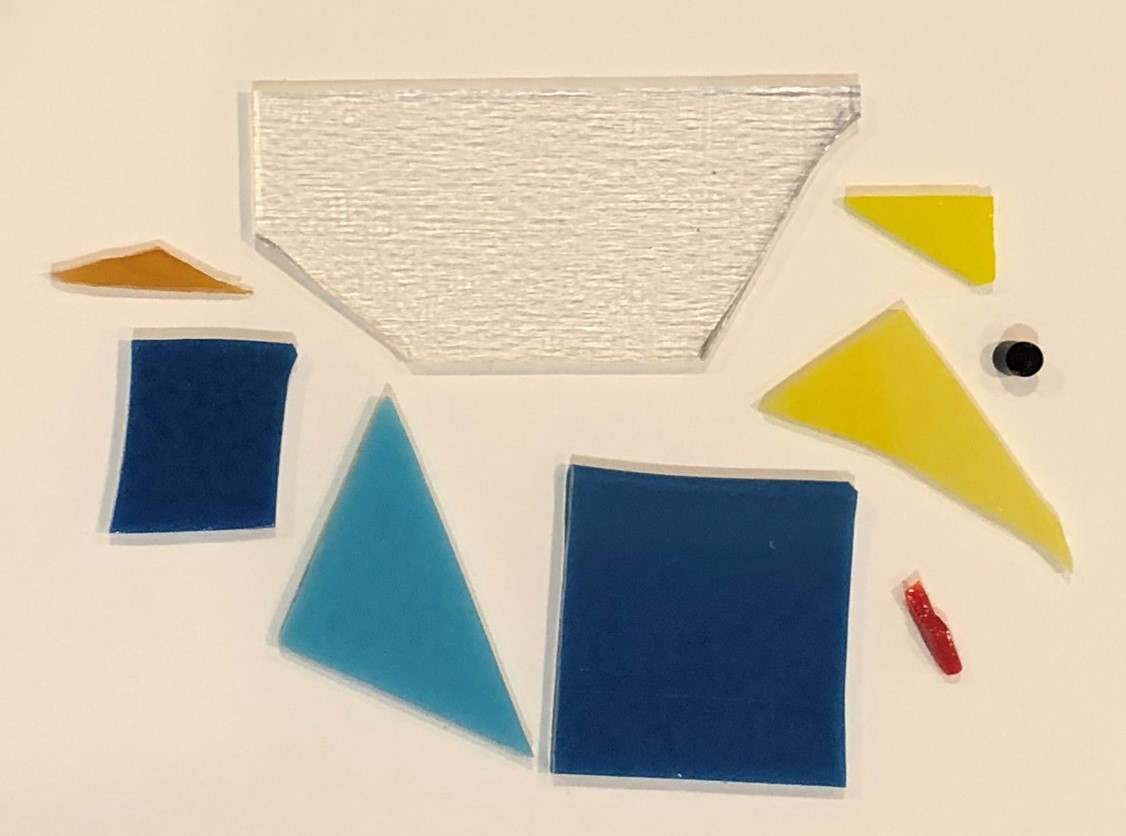

Students will create one or two fused glass birds using precut pieces and glass scrap and personalize it with scrap to add accents to their bird. They will use art vocabulary related to this lesson.
Additional Advanced Preparation – Just before the lesson
Artists and famous glass work pictures are easy to find. Print and share during the lesson.
Plan enough time to set up the space you will teach in. 30 minutes is good if you had a chance to pre-prep most of it. Set up should not include cutting the glass with the exception of some small custom nips done by the adults only. This should be done prior to the day of the lesson. Ask your volunteers to come help set up.
Find images of birds up-close, to show students interesting markings.
To set up the project for the lesson:
Put out the images of birds for students to refer to.

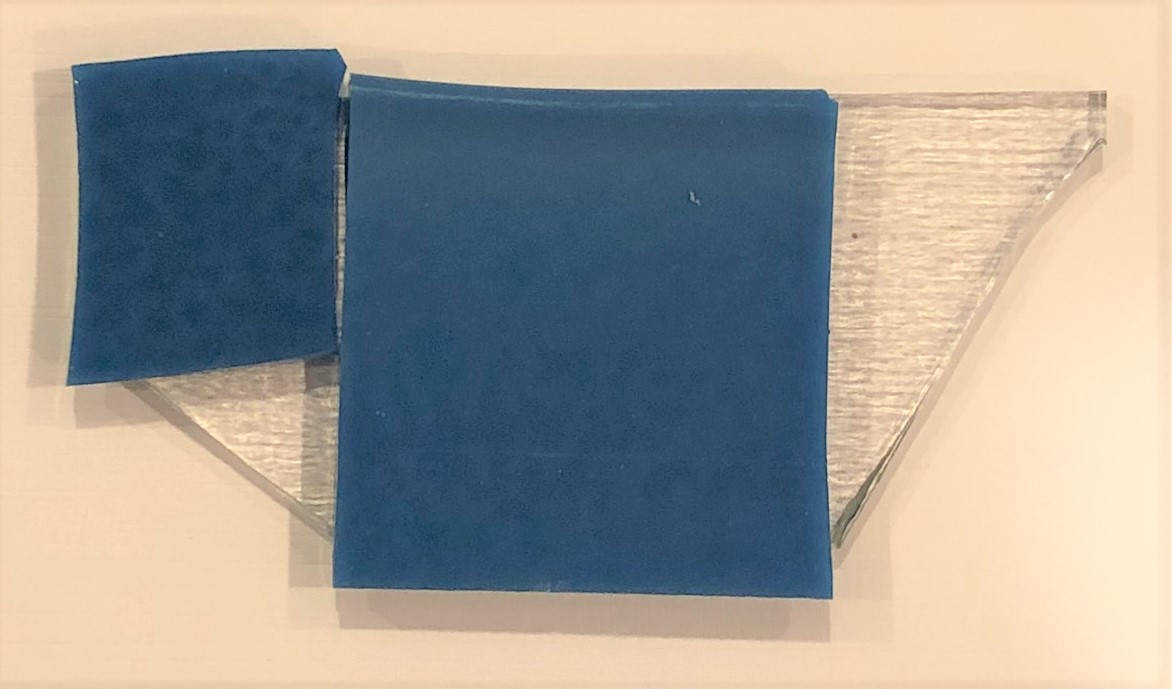
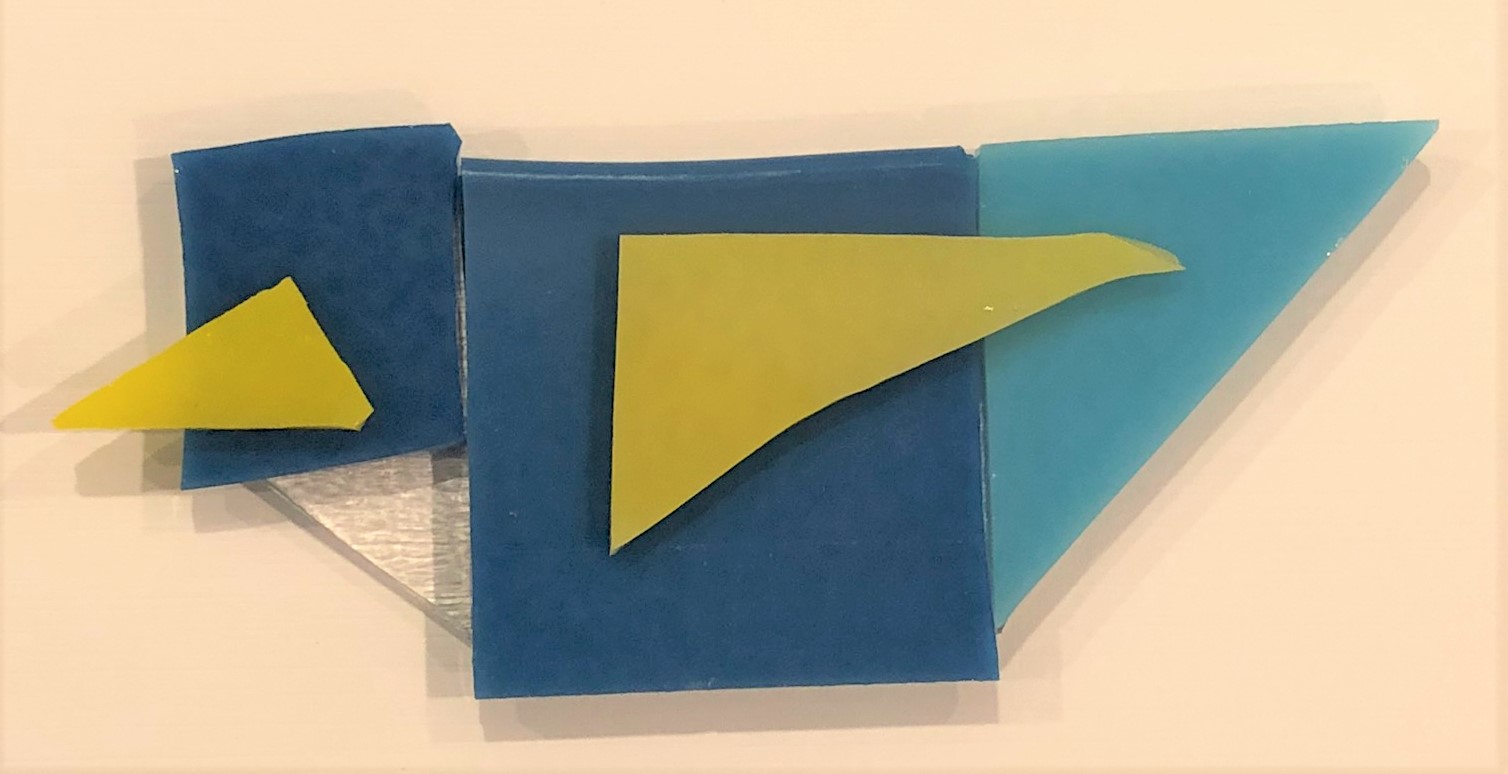
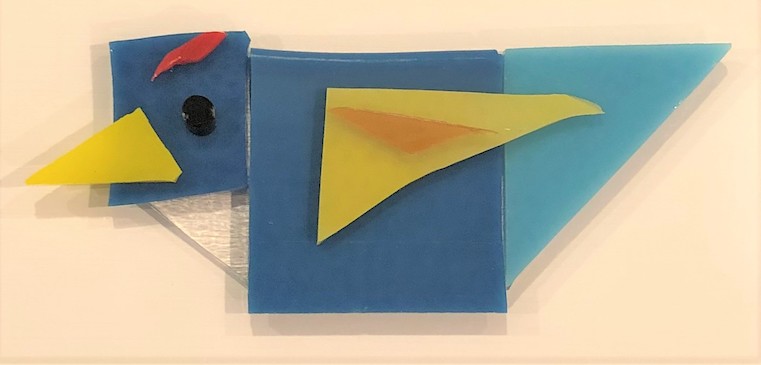
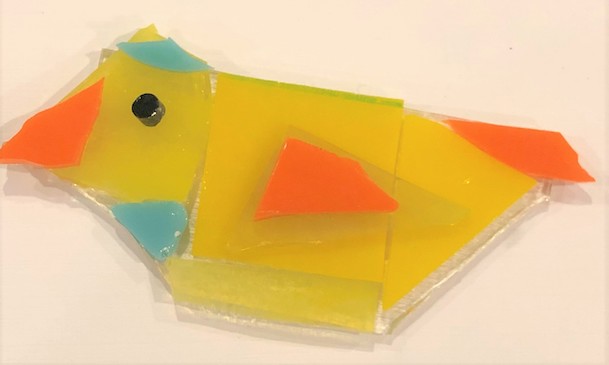
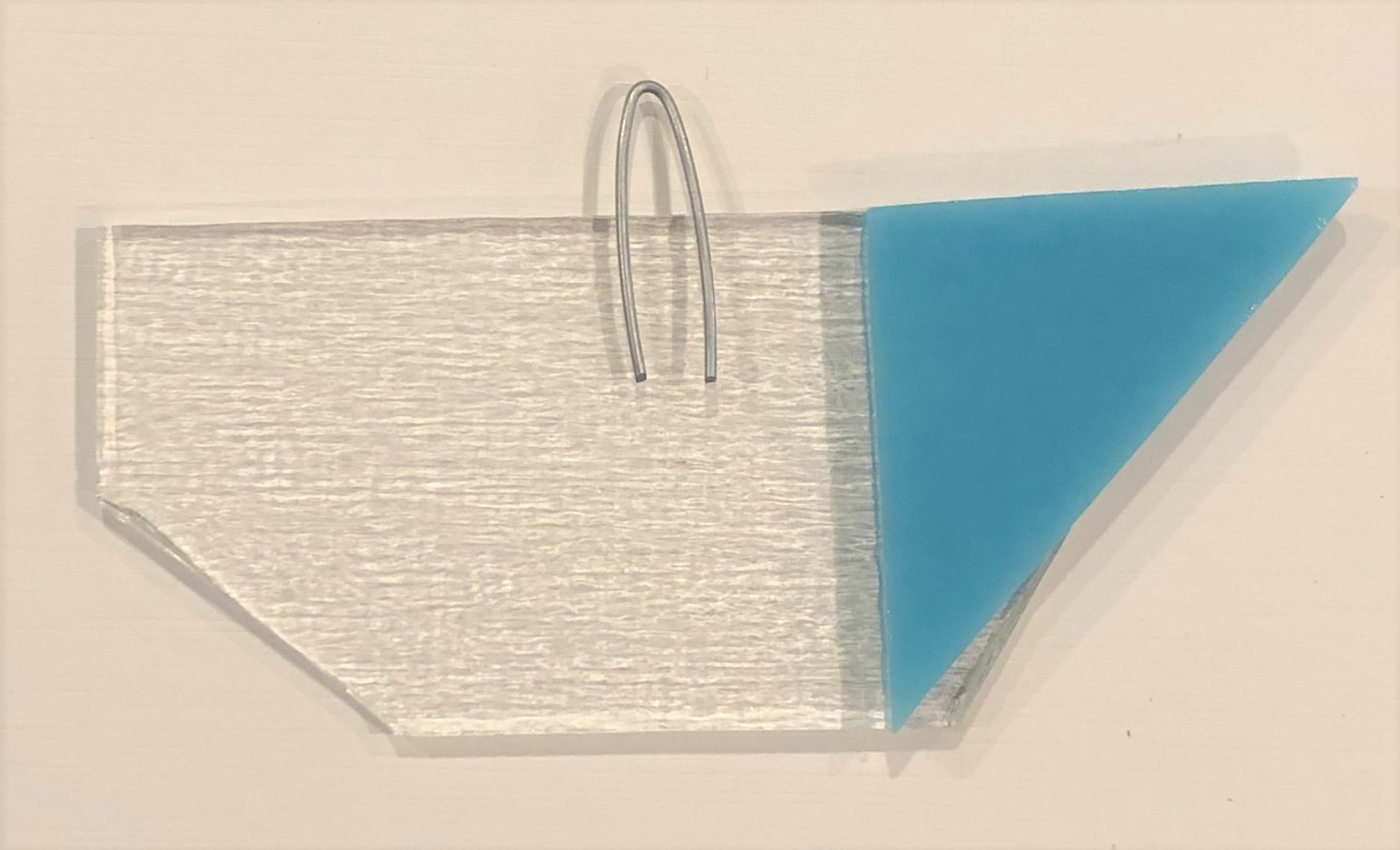
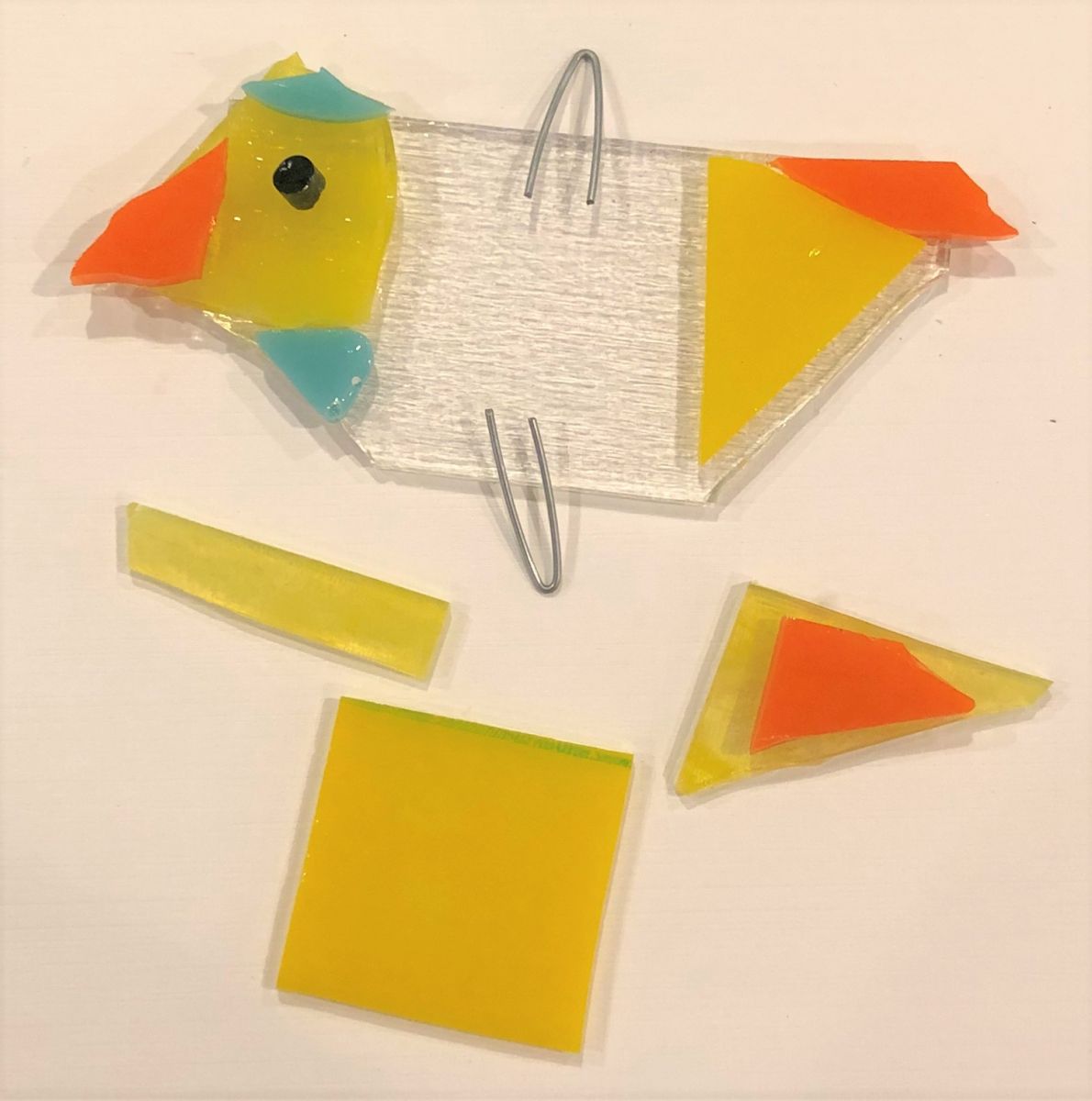
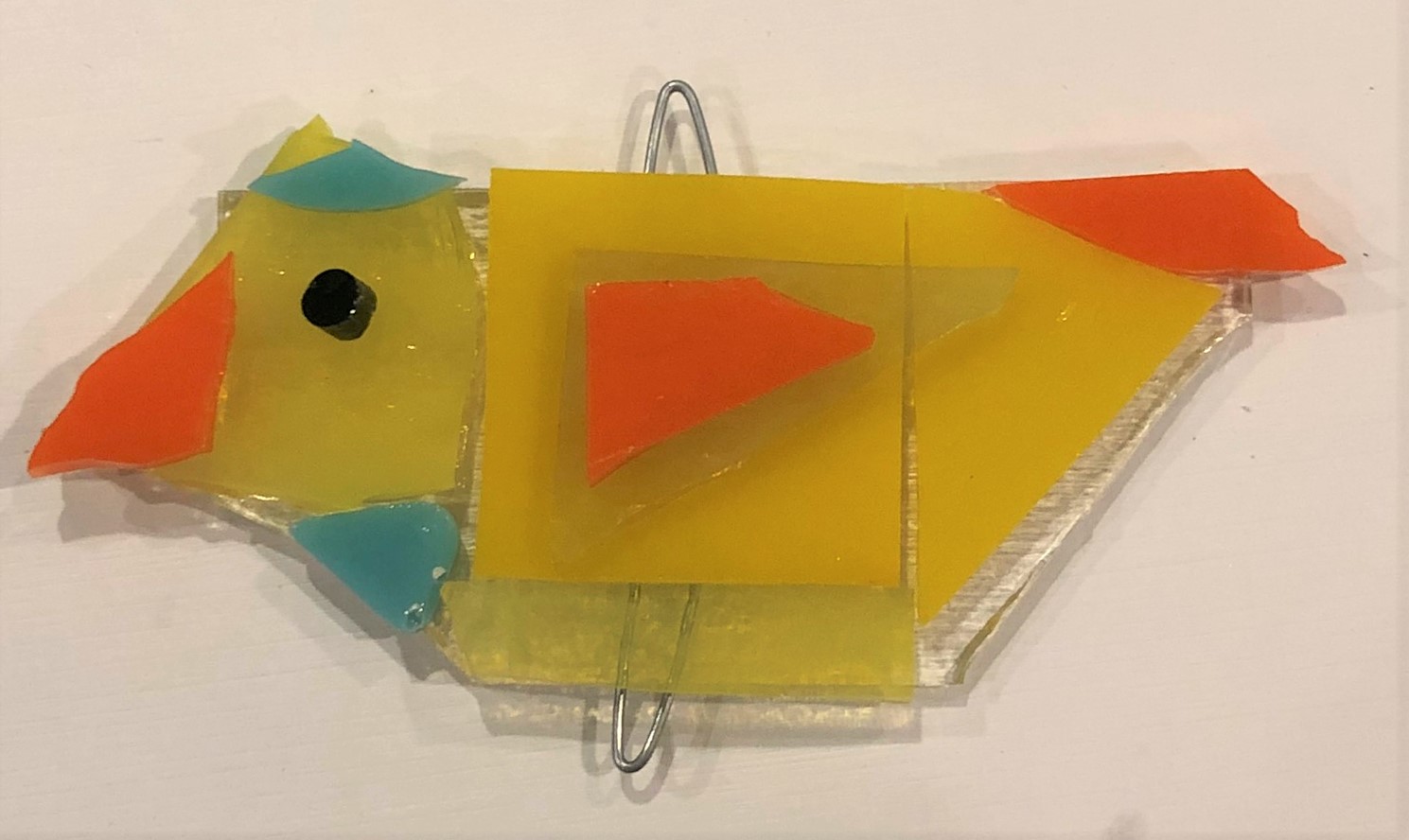
Lesson written by Juliette Ripley-Dunkelberger, from her Glass 101 class.
21st Century Thinking Skills
Goal setting, observing, making connections, visualizing, sequencing, comparing/contrasting, finding evidence, problem solving, cause and effect, decision making, evaluating.
WA State Learning Standards
(VA:Cr1.1.3) a. Elaborate on an imaginative idea.
(VA:Cr2.2.3) a. Demonstrate an understanding of the safe and proficient use of materials, tools, and equipment for a variety of artistic processes.
(VA:Re7.1.3) a. Speculate about processes an artist uses to create a work of art.
(VA:Re7.2.3) a. Determine messages communicated by an image: This happens if you talk about the meaning of the heart image.
(VA:Re9.1.3) a. Evaluate an artwork based on given criteria.
(VA:Cn11.1.3) a. Recognize that responses to art change depending on knowledge of the time and place in which it was made.
Arts Integration Opportunities
Materials science, color/light theory, life sciences.
Please note: These lesson plans are intended for non-profit use only. Use of these plans for commercial purposes should give attribution to the Issaquah Schools Foundation and be accompanied by a nominal donation at www.isfdn.org/donate. Thank you.
Fueling Success for Every Student, Every School